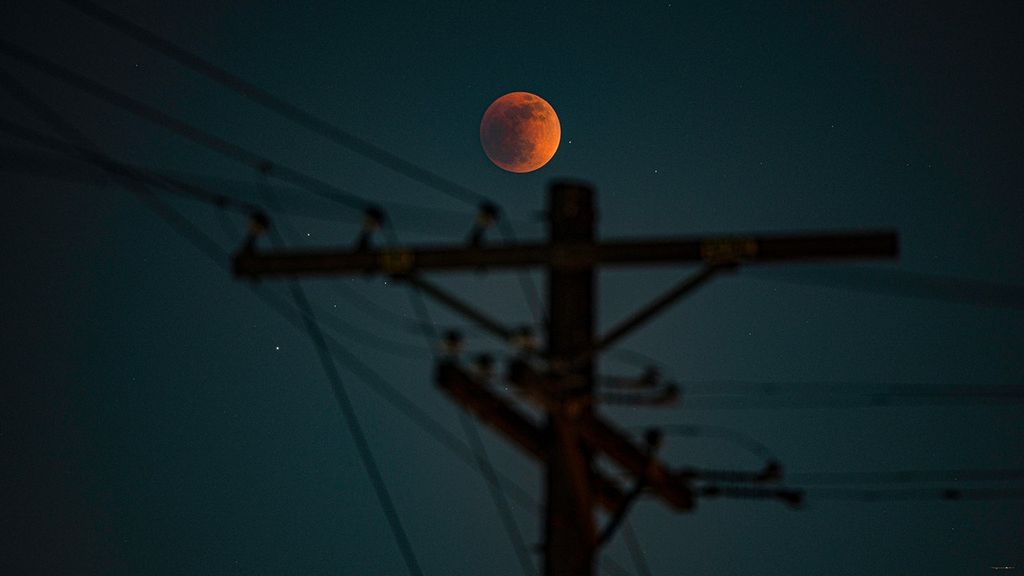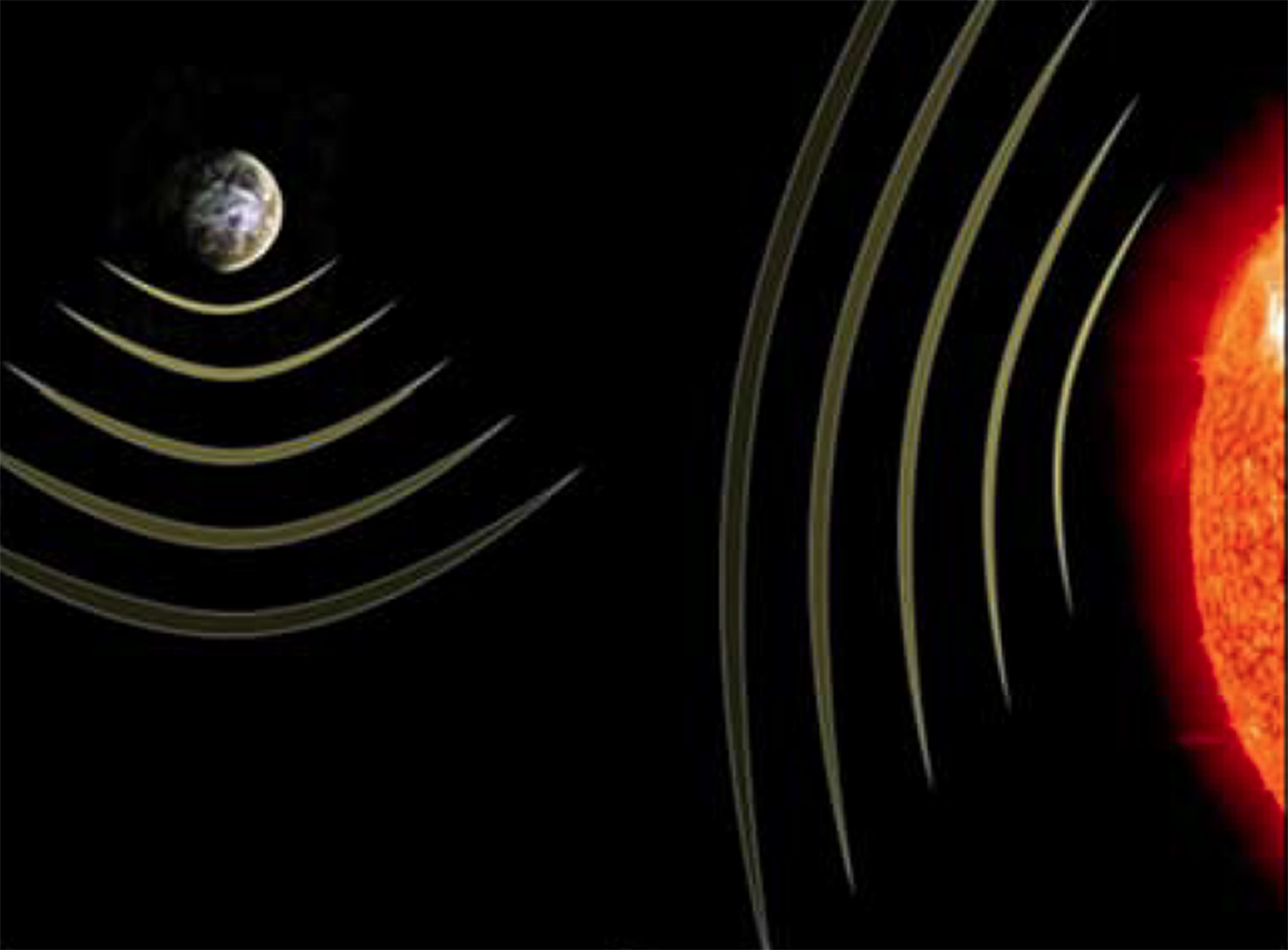Chris Mann
Nanohmics, Inc.
Description
All stars exhibit intensity fluctuations over several time scales, from nanoseconds to days; these intensity fluctuations echo off planetary bodies in the star system and provide an opportunity to detect and possibly image exoplanets using modern computational imaging techniques. A mission utilizing stellar echo detectors could provide continent-level imaging of exoplanets more readily than interferometric techniques, as high temporal resolution detection is less technically challenging and more cost effective than multikilometer-baseline fringe-tracking, particularly in a photon-starved regime. The concept is also viable for survey missions for detecting exoplanets at more diverse orbital inclinations than is possible with transit or radial velocity techniques.
Under a Phase I NIAC program, we evaluated the feasibility of the stellar echo technique and, while several practical constraints have been identified, we have not identified any fundamental limitations. We determined that the foundational technology already exists and has high TRL in space missions. Furthermore, the measurements required to demonstrate the feasibility of stellar echo detection are complementary to asteroseismology measurements, so a demonstration mission would provide high-value scientific information to other active astrophysics programs.
Under the Phase II program, we will continue to advance the theoretical understanding of stellar echo imaging, improve on the computational methods developed in Phase I, evaluate specific hardware implementations, and ultimately produce a roadmap for the demonstration of stellar echo detection and imaging of exoplanets.































